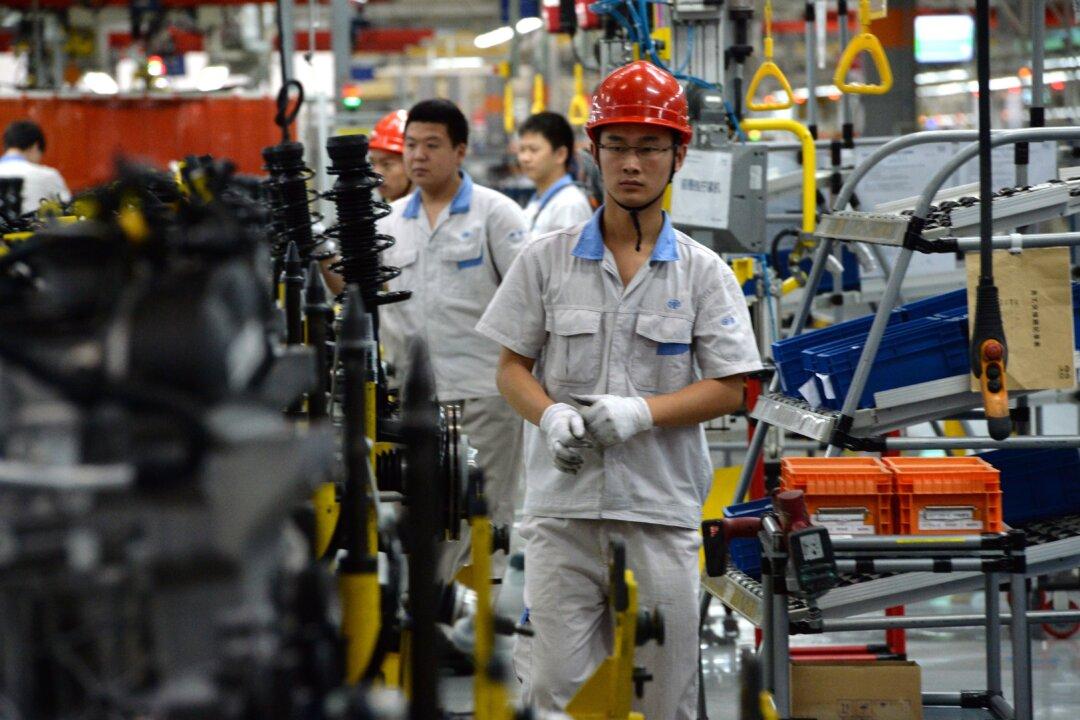Hamstrung by stagnating economic growth, rising wages, and manufacturing competition from other emerging markets, Beijing last month announced a plan to modernize its manufacturing sector, which had been responsible for the country’s economic rise in the last three decades.
The 10-year Made in China 2025 plan was unveiled by the State Council in late May, and is designed to enhance competitiveness in manufacturing by implementing automation, innovation, and information systems used in manufacturing.





